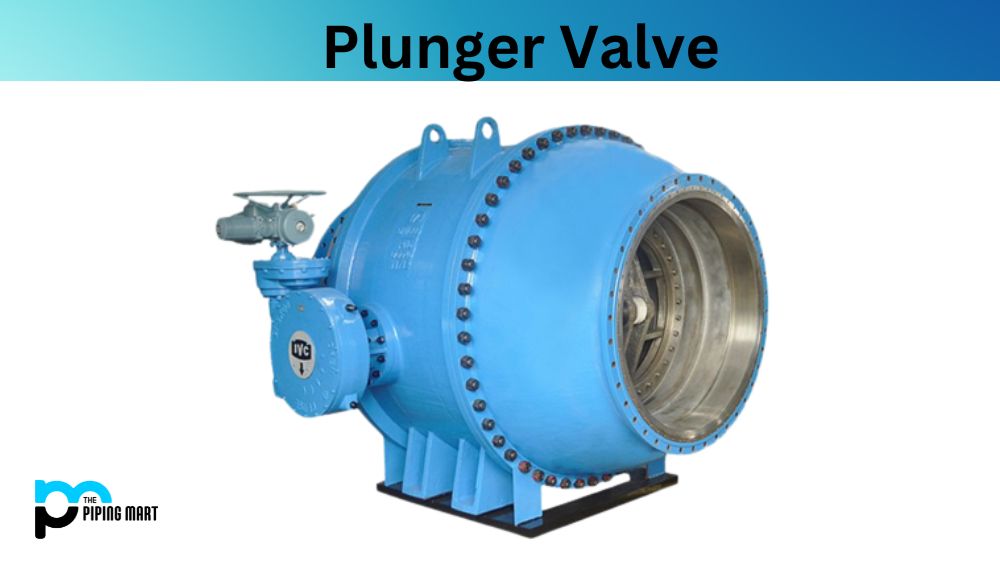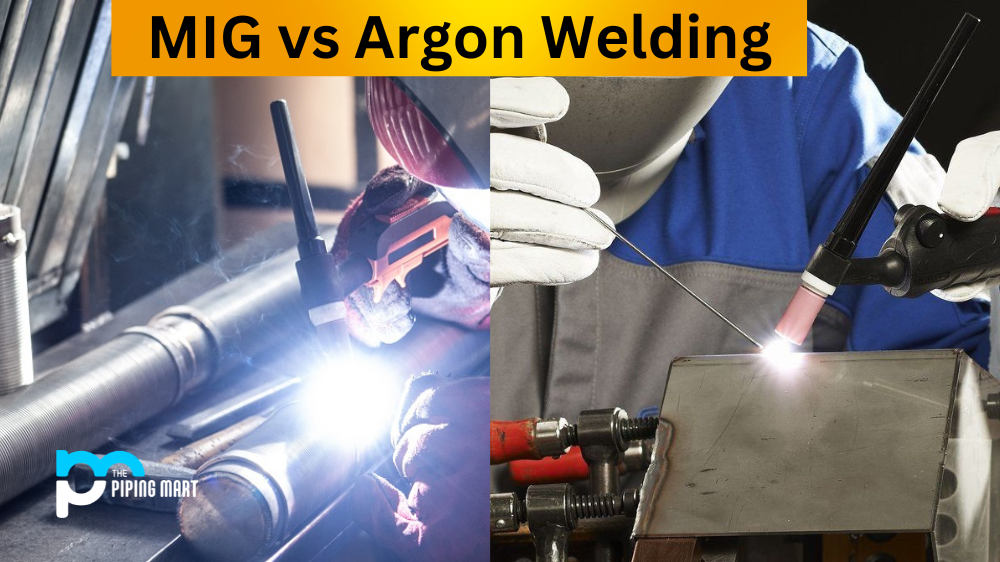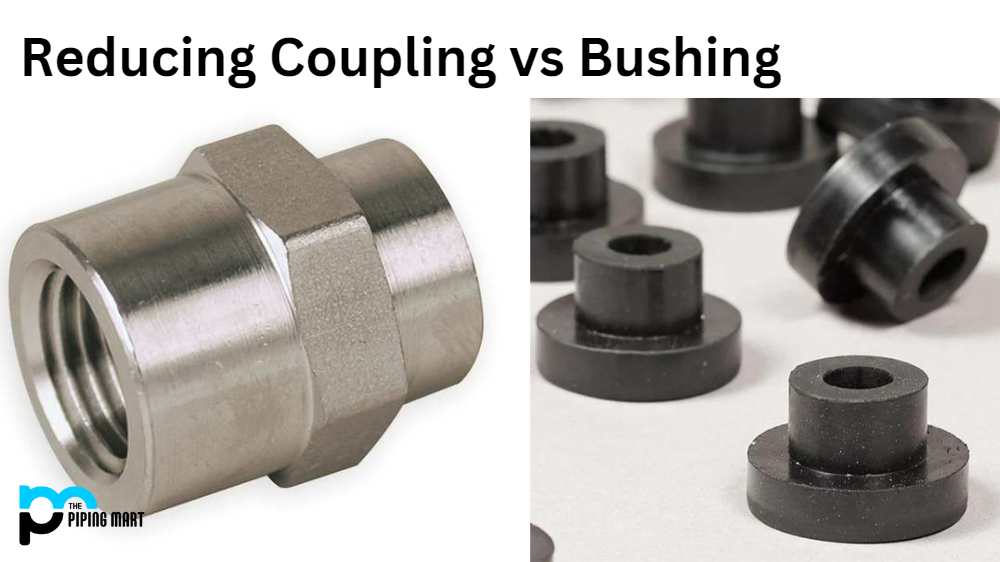Plunger valves are essential to many industrial processes, including chemical, water treatment, and petrochemical processes. These valves regulate the flow of fluids and gases, such as steam, oil, and water, and they can handle high-pressure applications. This blog post will discuss the properties, uses, and applications of plunger valves, including how to use them.
What is Plunger Valves?
Plunger valves are mechanical devices which control the flow of fluids by using pressure. They consist of a cylindrical body and a plunger or rod, which either opens or closes the valve to allow for regulation of flow. This type of valve is often used in hydraulic systems and it provides a reliable, high-pressure seal with low-cost operation.
Properties of Plunger Valves:
Plunger valves are typically made from materials that can handle high pressures and temperatures. These materials include stainless steel, brass, and bronze. The valve body is designed to withstand high pressure, while the plunger is made from a soft material, such as rubber or Teflon, to provide a tight seal. The plunger is moved up and down by a stem, allowing for precise control over fluid or gas flow.
Uses of Plunger Valves:
Plunger valves are commonly used in industries that require the regulated flow of liquids and gases. One common use is in water treatment plants, where they help regulate water flow and chemicals. Plunger valves are also used in the petrochemical industry to control the flow of oil and gas in pipelines. They are also found in food-processing and beverage-manufacturing plants, where they can be used to control the flow of ingredients.
Applications of Plunger Valves:
Plunger valves are versatile and can be used in various applications. They are ideal for regulating the pressure and flow of steam in boilers and controlling the flow of water and chemicals in cooling towers. In the chemical industry, plunger valves control the flow of corrosive liquids and gases. In addition to these applications, plunger valves can be used in fuel, gas distribution, and industrial HVAC systems.
How to Use Plunger Valves:
Using a plunger valve is relatively easy. Depending on the application’s requirements, The valve can be manually operated or automated. The stem is turned clockwise or counterclockwise to manually operate the valve to move the plunger up or down. This allows for the precise regulation of fluid or gas flow. Automated plunger valves are controlled by an actuator, which is powered by an electric or pneumatic motor.
Conclusion:
In conclusion, plunger valves are essential components of many industrial processes. They are versatile, durable, and reliable, making them suitable for various applications. Understanding the properties, uses, and applications of plunger valves is important for anyone working in industries that require the regulated flow of liquids and gases. With the information in this blog post, you can now confidently use plunger valves in your workplace to achieve the desired results.

Meet Bhavesh, a seasoned blogger with a wealth of knowledge and experience. From metal products manufacturing to retail, Bhavesh has a diverse background in various industries and is dedicated to sharing his insights and expertise with readers.




